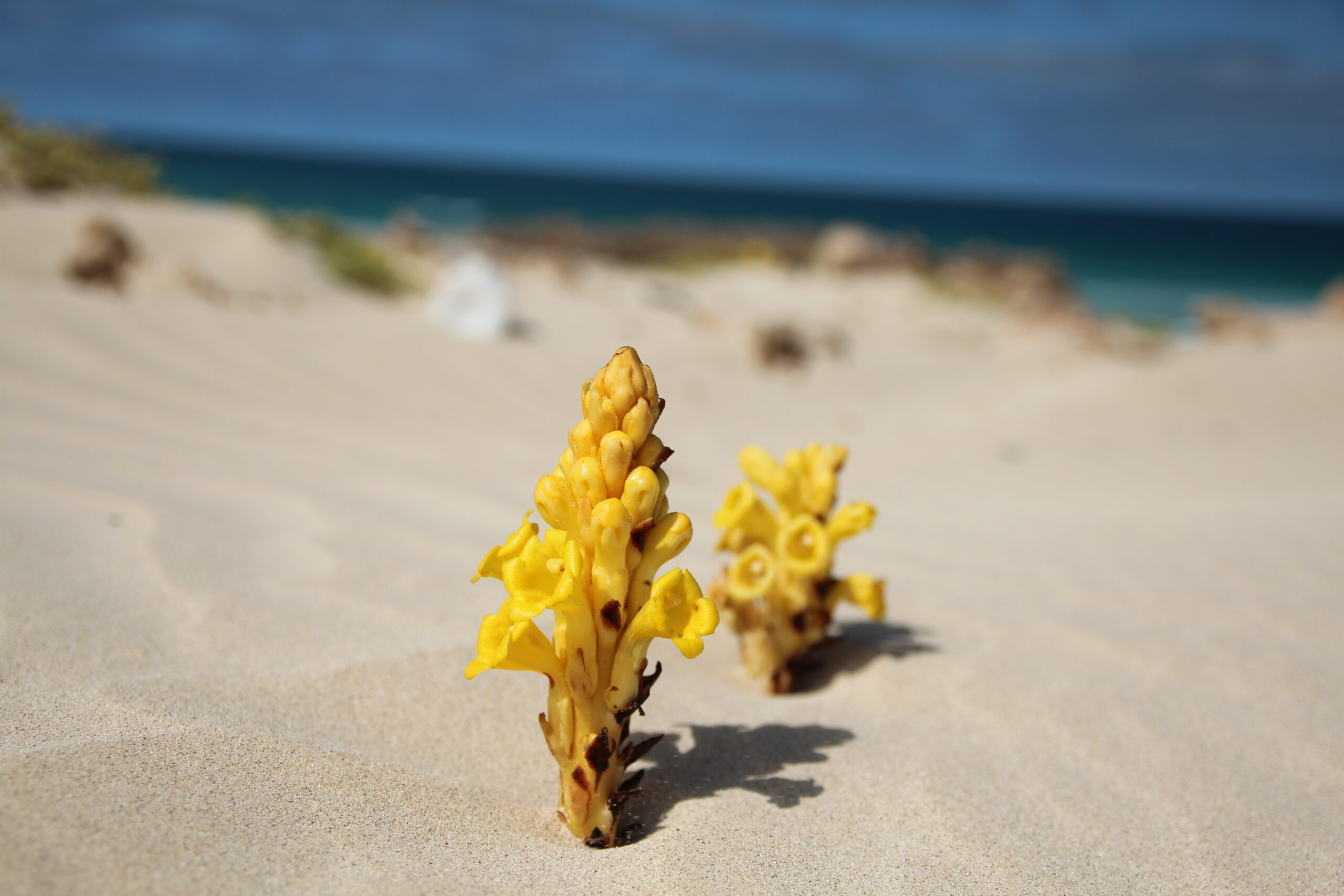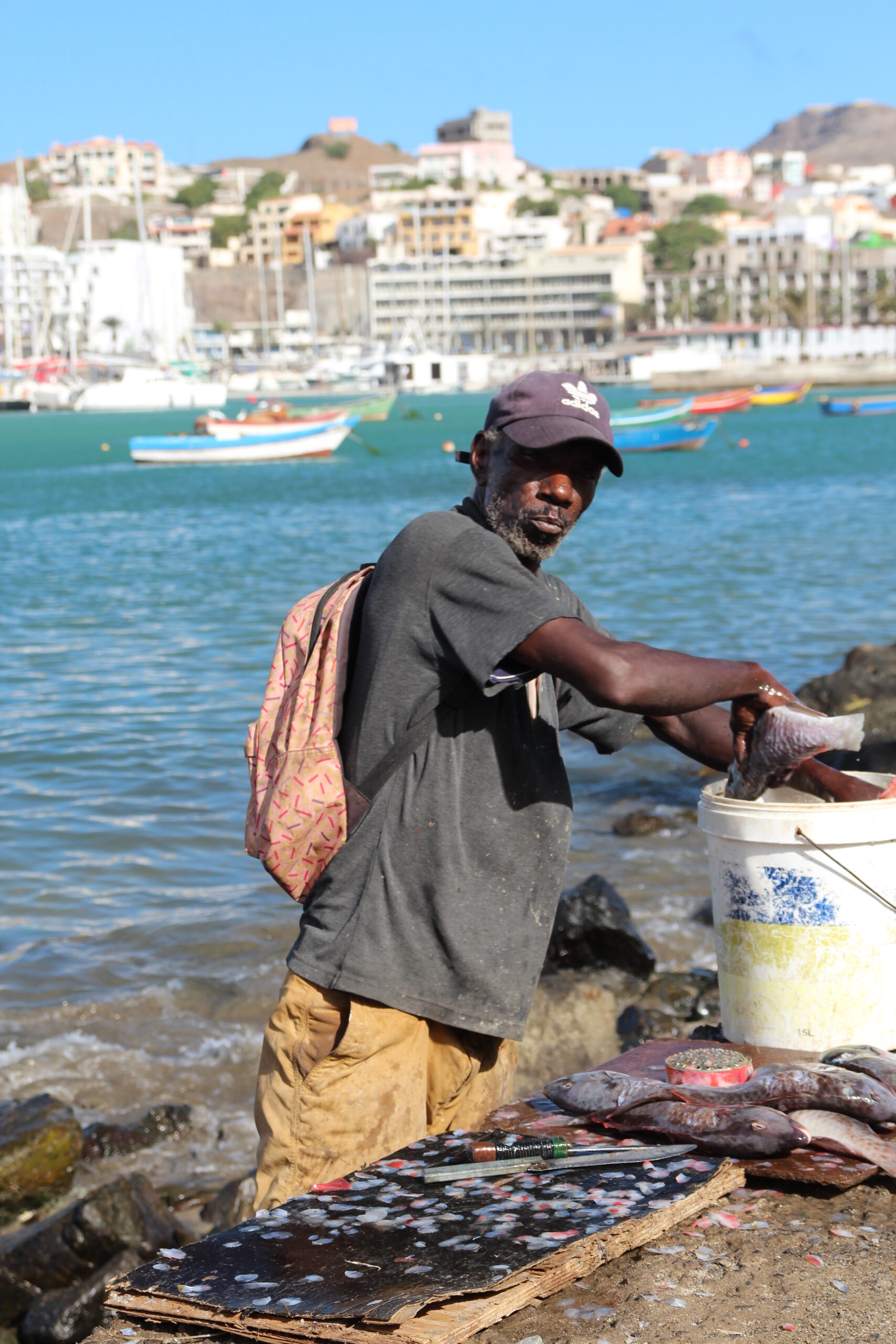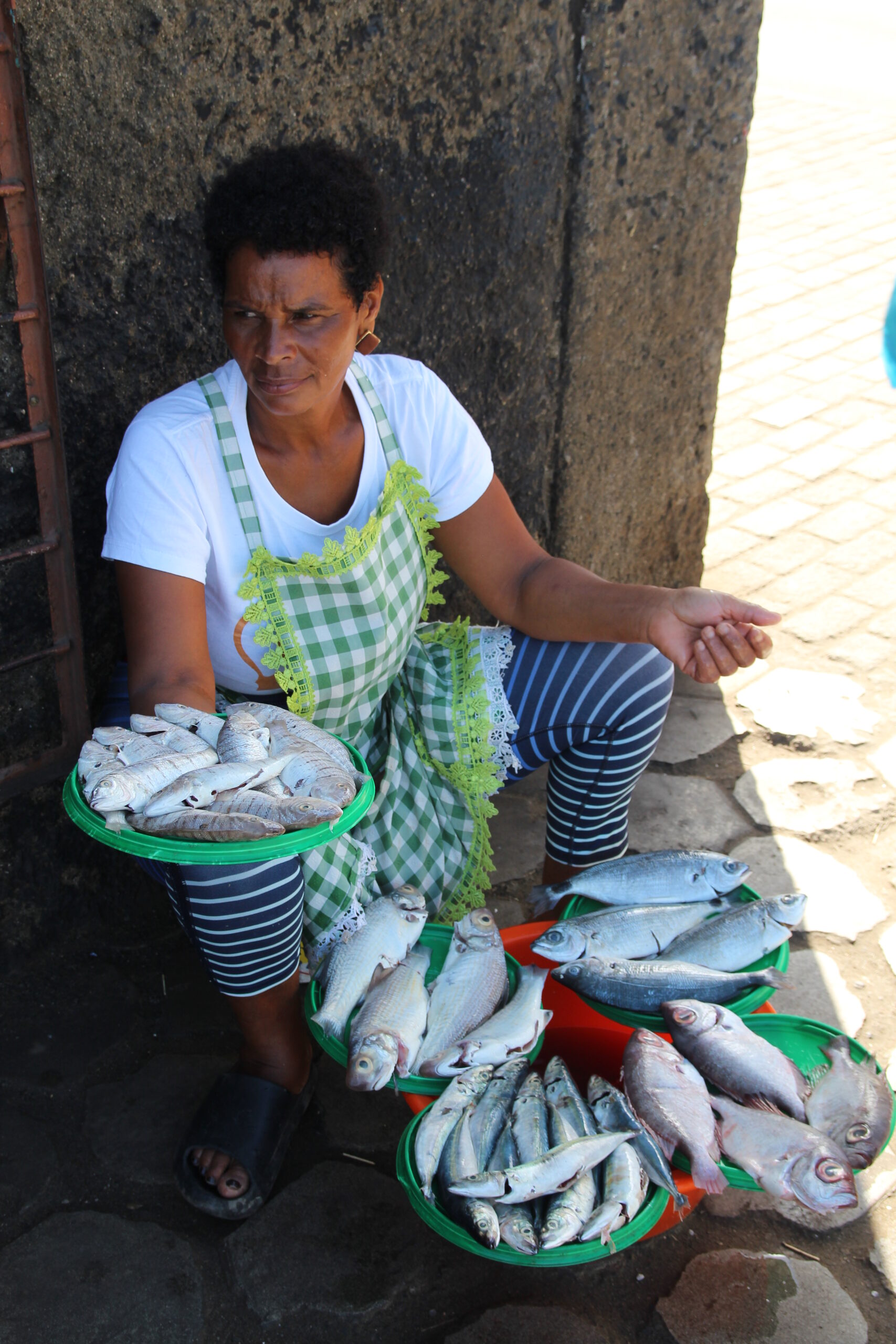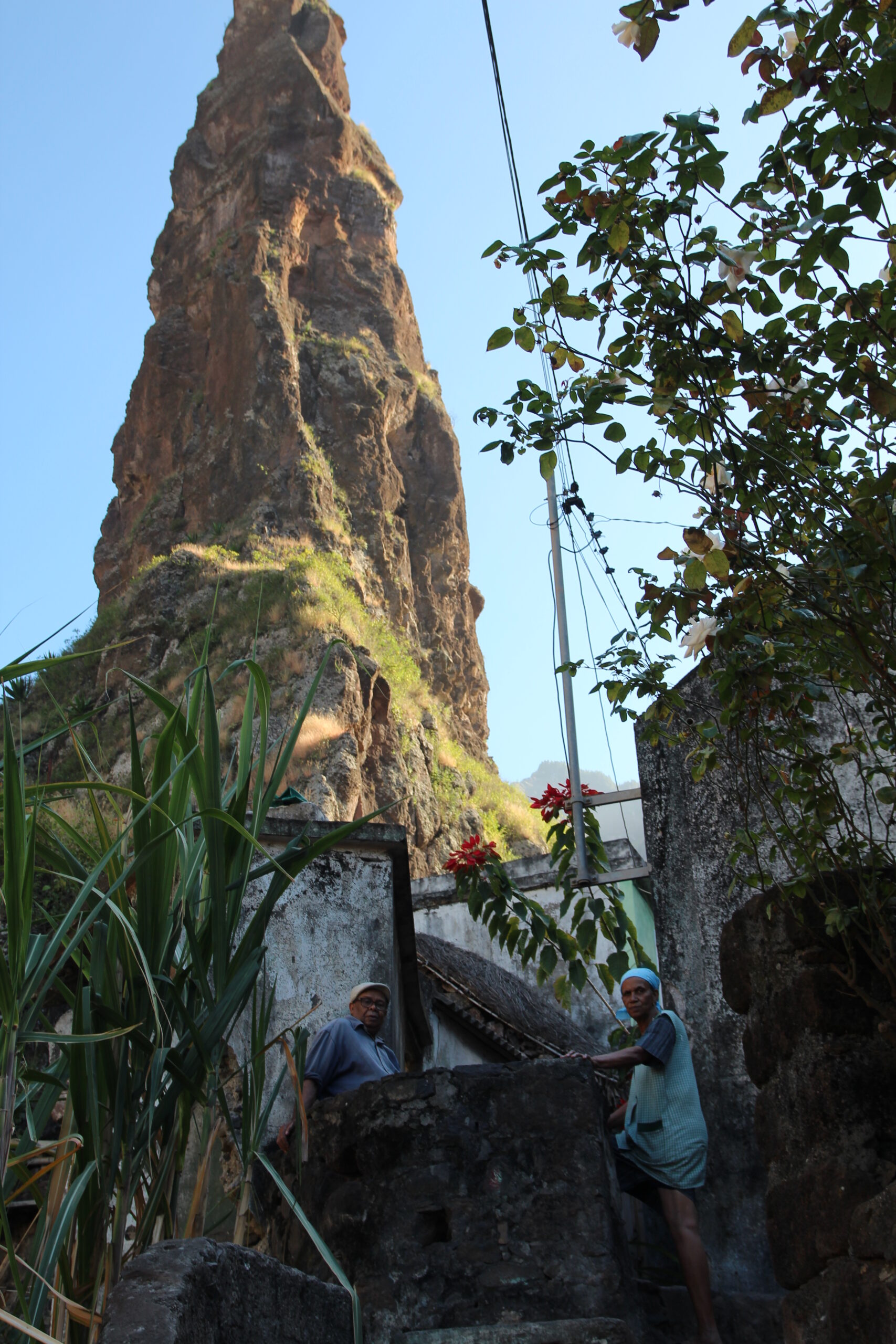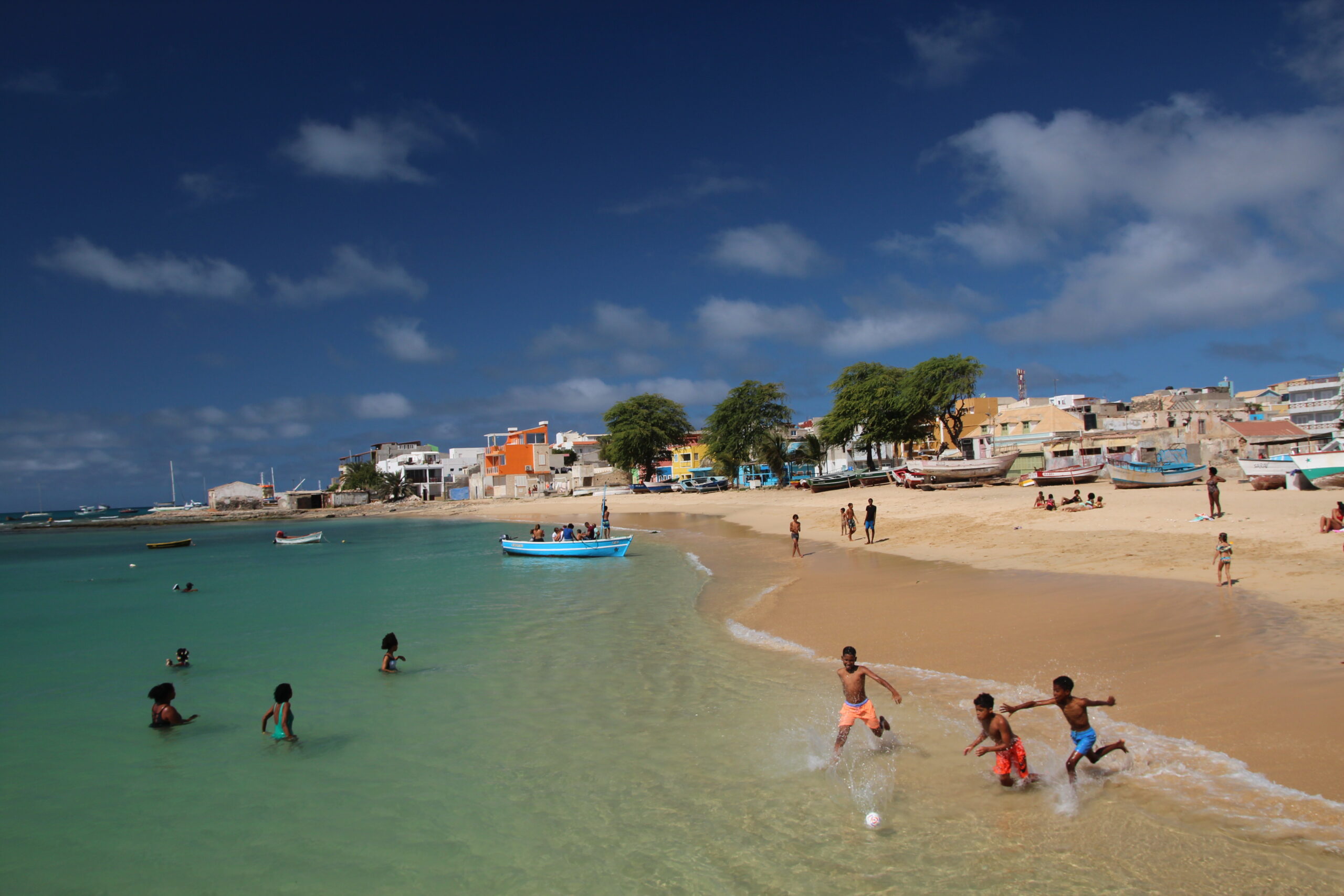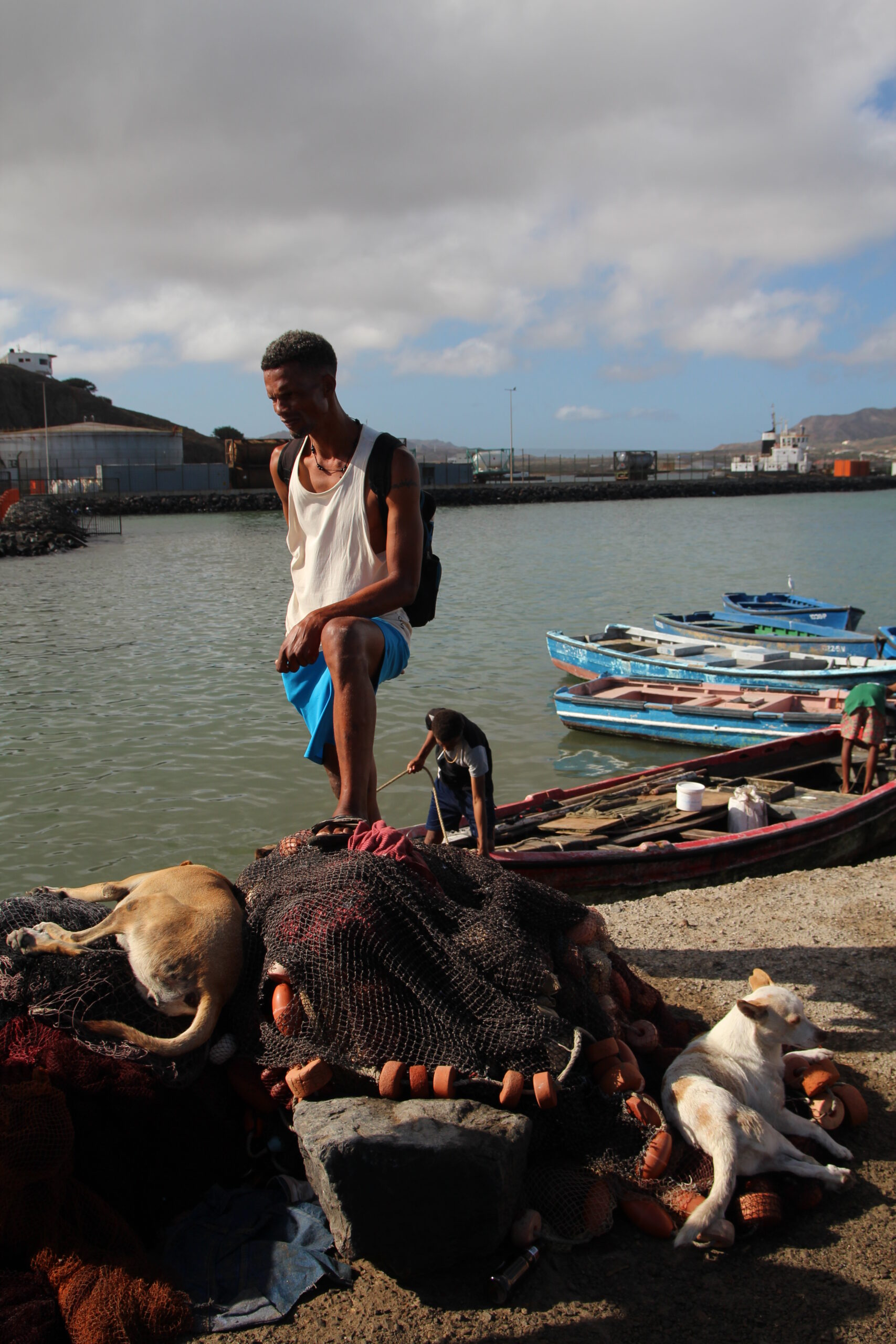Cabo Verde
Island hopping in the AtlanticCabo Verde is an archipelago in the Atlantic Ocean, which achieved its independence from Portugal in 1975. It consists of ten islands, of which 9 are inhabited. During my trip, I visited 4 islands (Boa Vista, Santiago, Santo Antão, São Vicente) using the local ferries between them.
Cabo Verde has a rich Creole culture rooted in African traditions, which was mixed up with Portuguese influence during colonial times. The official language is Portuguese, but as the mother tongue, most of the population speaks Cabo Verdean Creole. These diverse cultural influences can be also found in the local cuisine, music, and various arts.
It is really worth visiting multiple islands as their geography, climate, atmosphere, and traditions differ significantly from each other! Boa Vista and Sal are very dry, partly deserted islands with sand dunes, beautiful beaches, and a pretty developed tourism industry. Still, if you go further from the resorts, you can find neighborhoods and villages with a local atmosphere. But if you want to get to know the authentic Cabo Verde, it is a must to visit the less touristy islands.

São Vicente
I’m starting with São Vicente island because I consider it the best place for discovering the culture of Cabo Verde! The second biggest city in the country, Mindelo, is situated here, which is also the cultural capital of the whole archipelago.
Besides having a very nicely maintained historical center and waterfront, the city also has a vibrant cultural life. The two best-known traditional music genres of Cabo Verde, morna and coladeira originate from this city and were also the birthplace of the GRAMMY-winning Cesária Évora, called also the “Barefoot Diva”. You can find many bars in the city, which regularly offer live music events, so in the end Mindelo is not a city, where you can easily get bored!
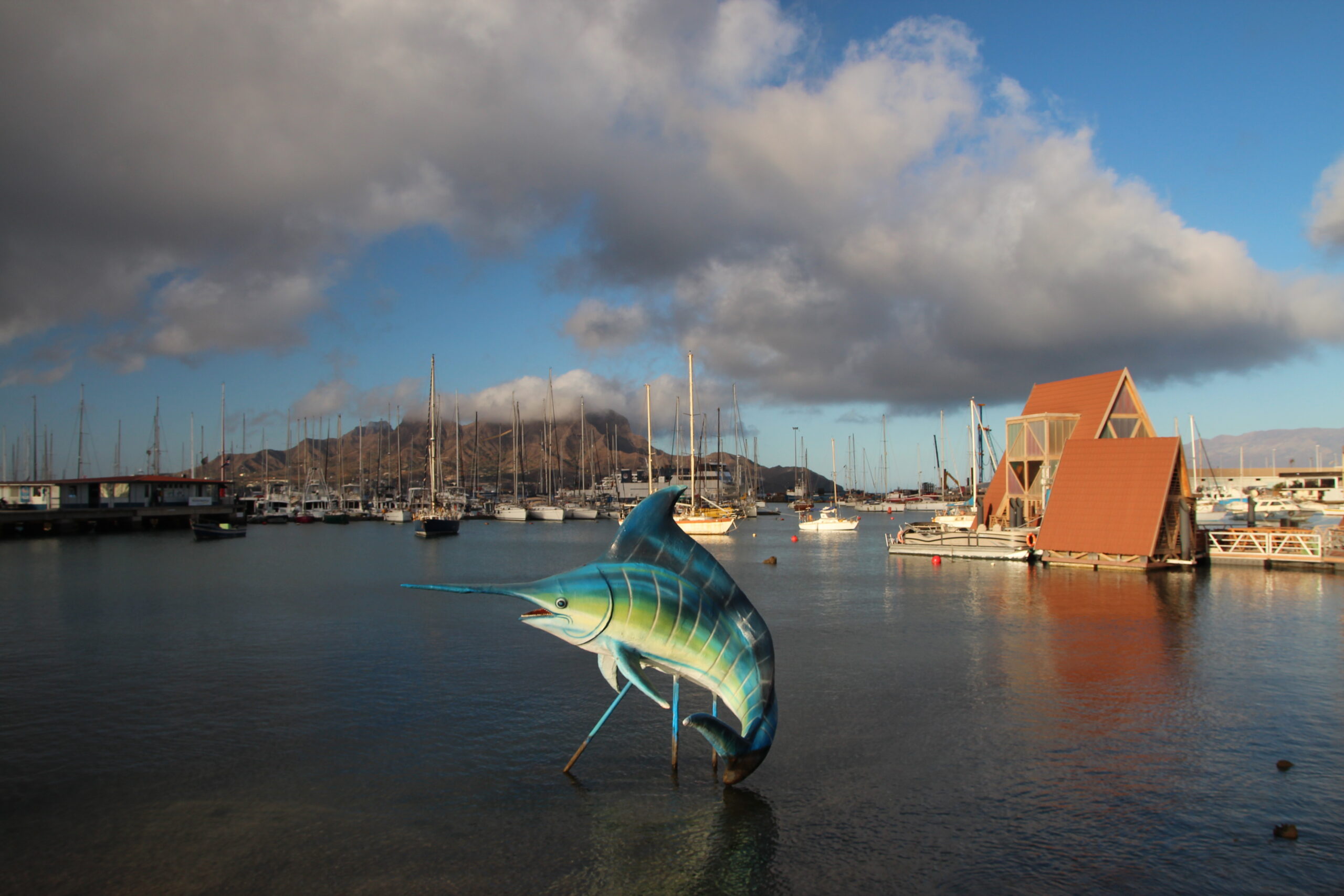
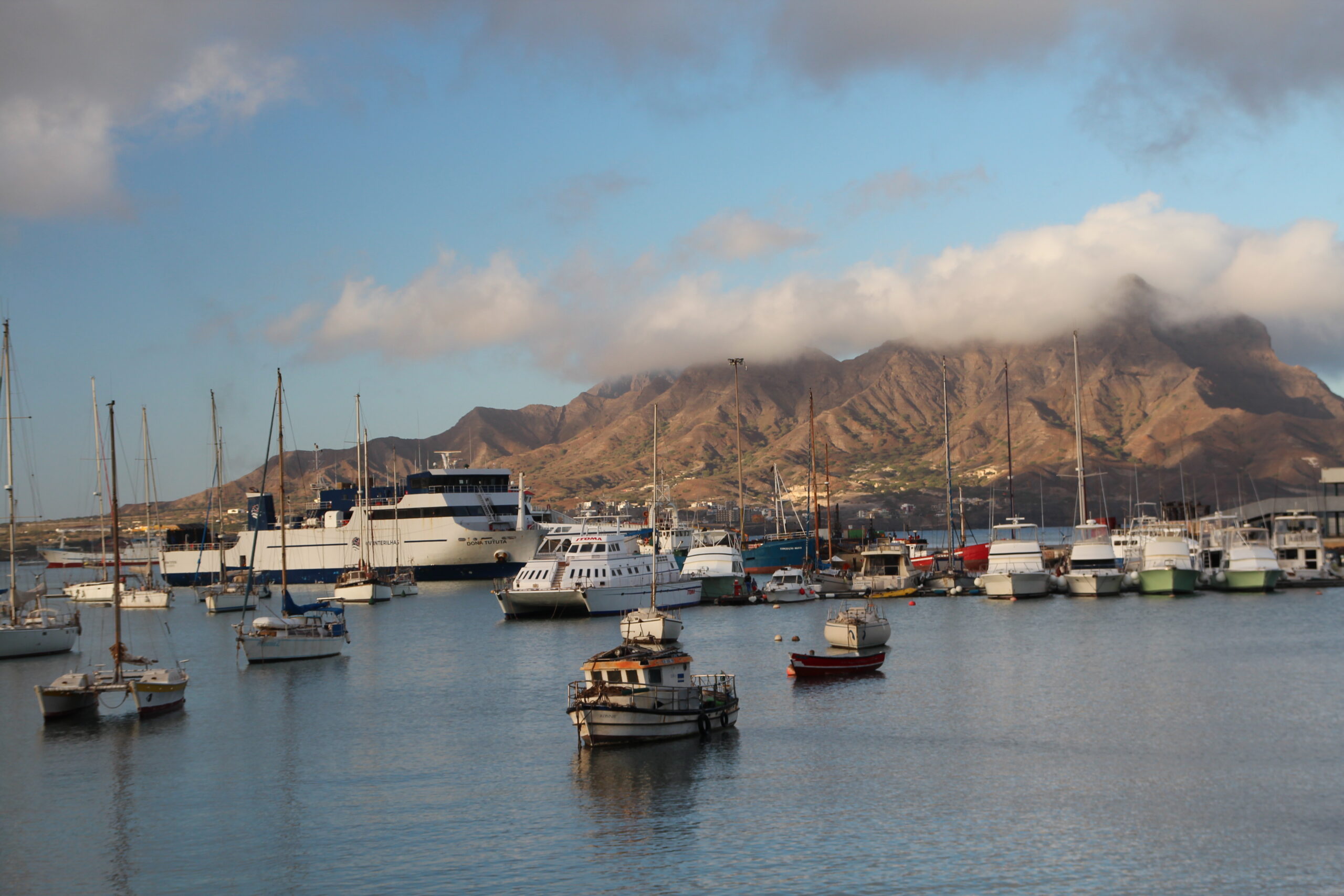
The traditional market of Mindelo is also not to be missed out! It is one of the best places for trying exotic fruits in the archipelago and the area of the busy fish market is a great place to observe local life.
Around Mindelo, there are multiple great beaches and if you would like to try out the local cuisine, the best deal in the whole archipelago is the Sunday’s Buffet of the Chez Loucha Restaurant in Calhau: for 1900 escudos (around 17 Euros) per person you can eat as much as you can from the really tasty and good quality buffet and the event is accompanied by live music and dances.
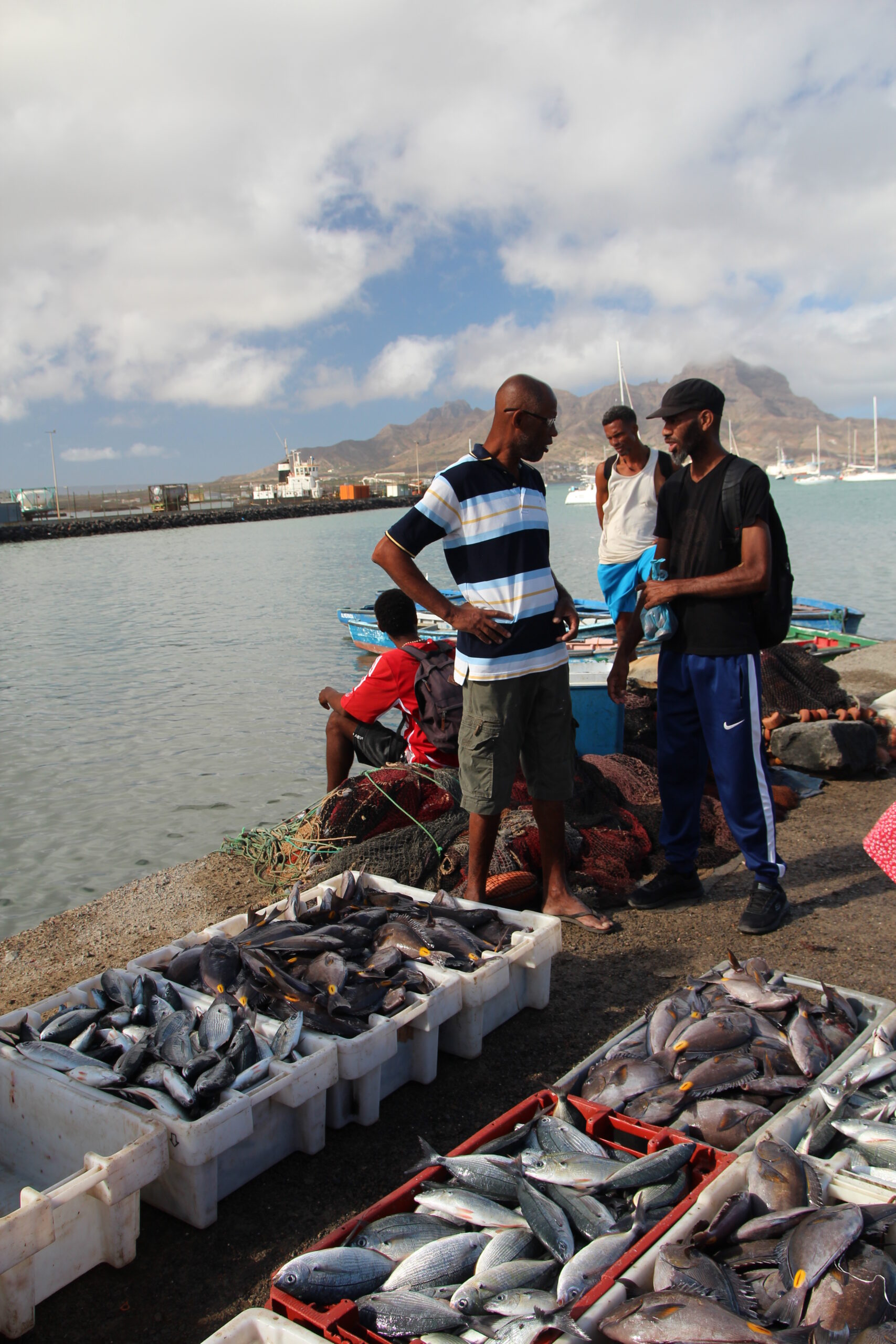
Santo Antão
The rugged and mountainous Santo Antão became my favorite island for hiking. It is definitely not a beach destination, as most of its coast is rocky and the water is colder than in other areas of the archipelago. But thanks to this, it receives just very few visitors in comparison with Sal and Boa Vista, and stays very authentic and traditional.
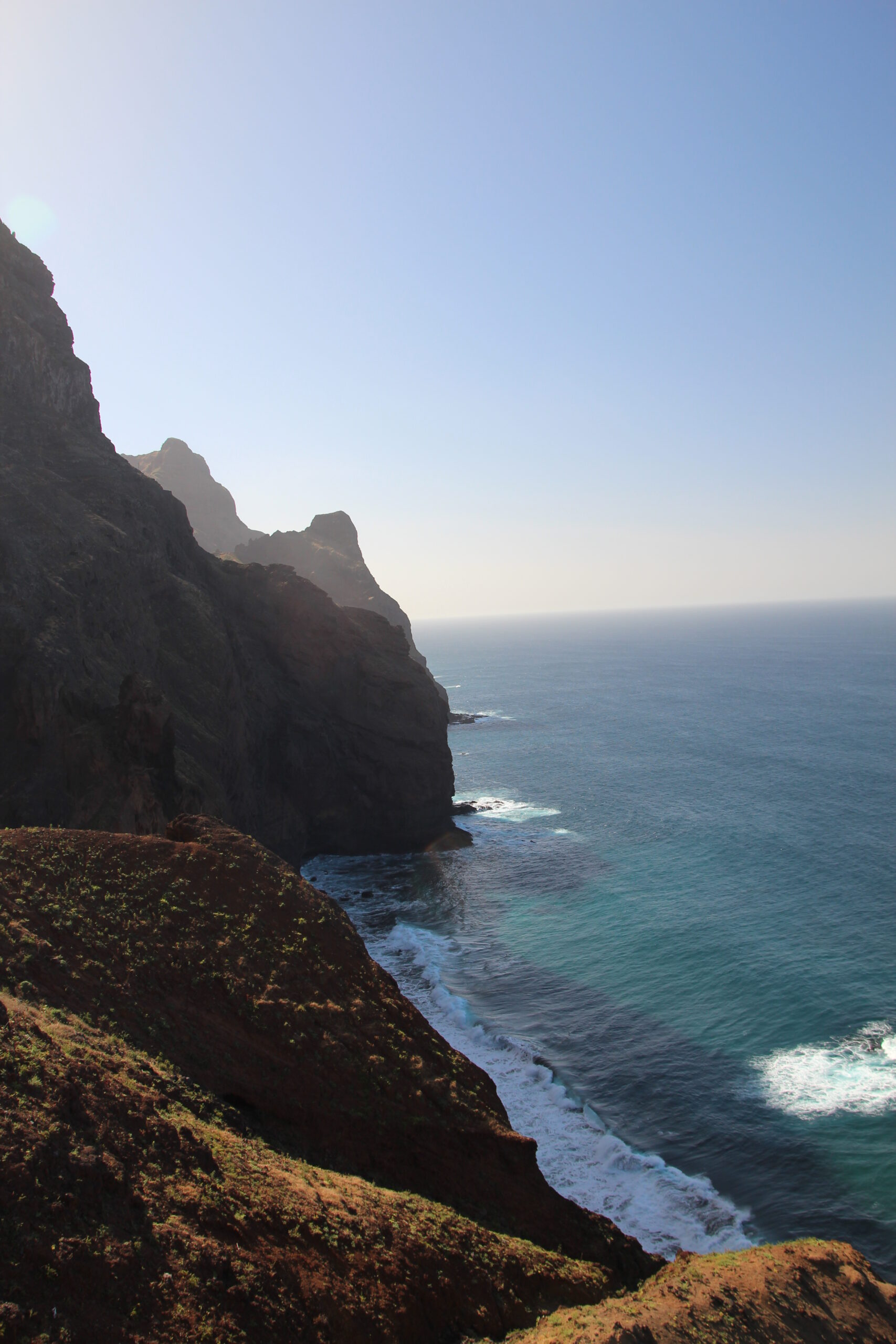
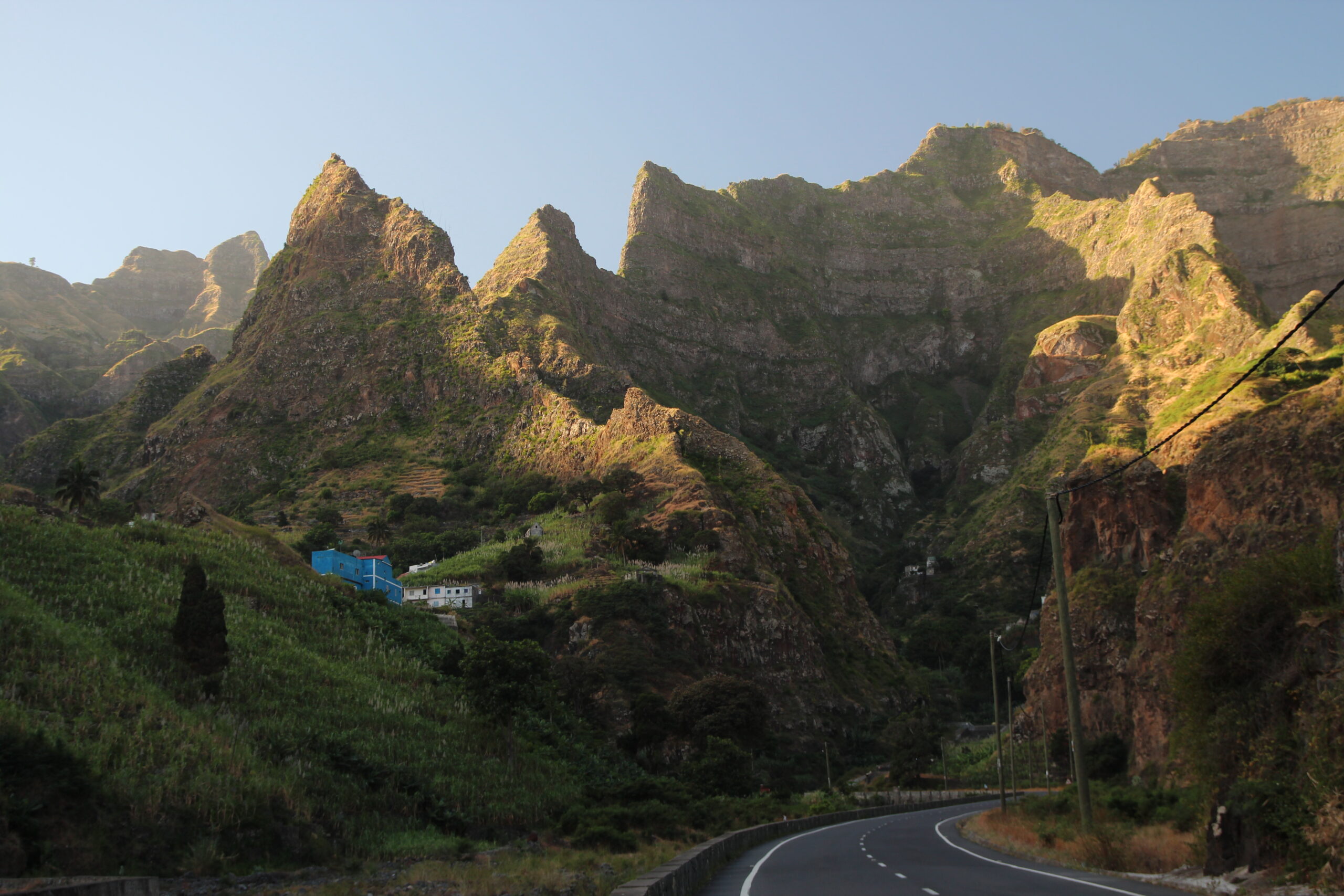
The mountains in Sao Antao are impressive!
The landscapes of the island are amazing with challenging routes to hike both on the coastline and in the central, mountainous area. I would like to recommend these three impressive routes, that I liked the most:
1, Ponta do Sol – Cruzinha: This route takes you through cliffs and isolated villages on the coastline. The views are absolutely gorgeous but also scary in some moments when the trail leads through the cliffs falling vertically into the ocean.
2, Xoxo-Valley: The best thing about this hidden valley is that nearly nobody goes there. It remained mainly agricultural, with terraces of yam and banana decorating the valley and a vertical rock tower dominating the landscape. If you get hungry on the way, you can crash at the “Relax Montanha” farm, which is an absolutely lovely and authentic little farm/restaurant/bar, where the owner, Antonio offers his homegrown products.
3, Valle de Paúl: The trail starts high in the mountains at Cova and takes you through a diverse landscape down until Cidade das Pombas at the coastline. It is maybe the most popular hiking route on the island and it is comparably easy, as you are mainly descending nearly all the way.
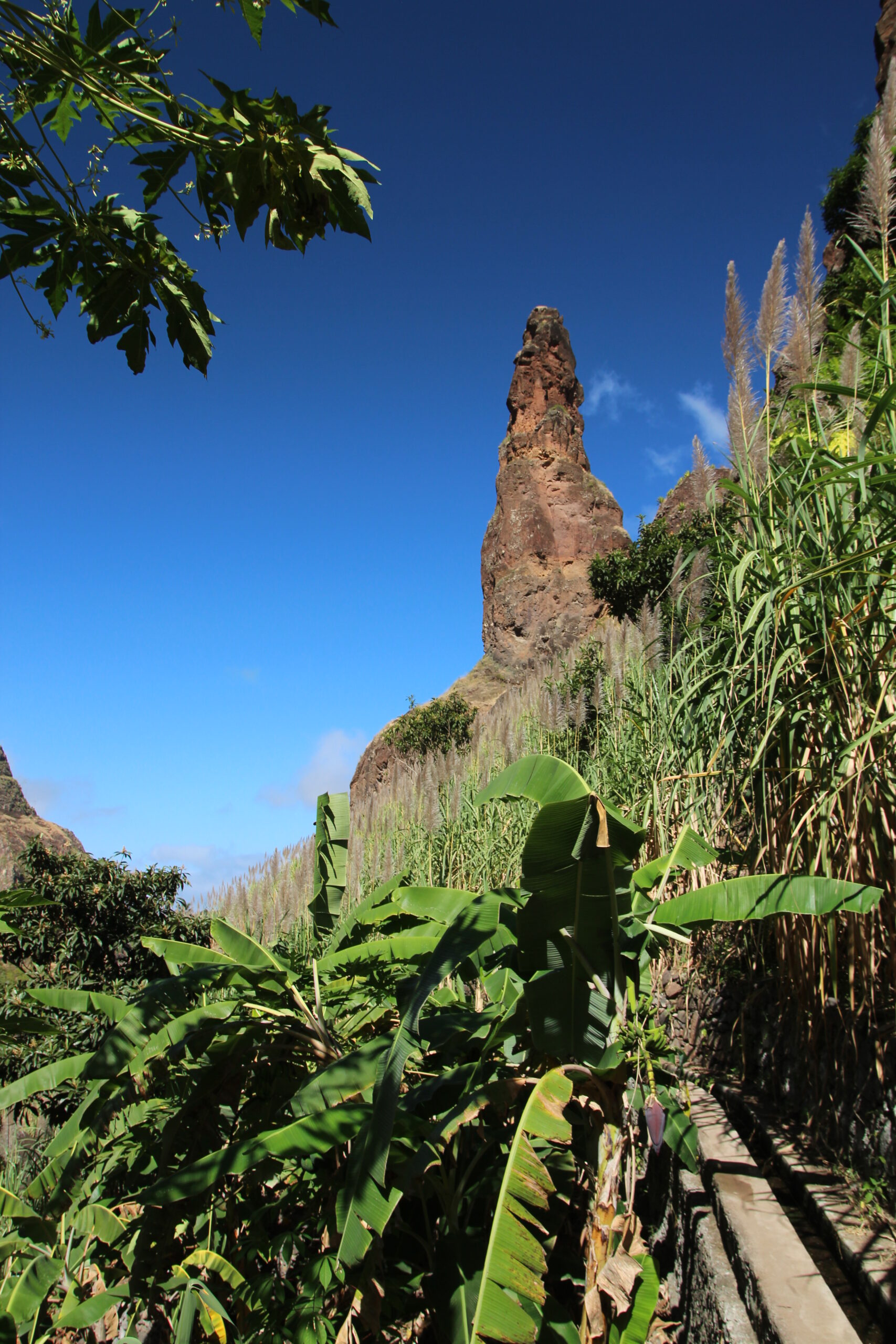
Small path leading through the plantations in Xoxo valley
Santiago
Santigo is the biggest island of the archipelago and the capital, Praia is also located here. It is practically the only place with a “big city atmosphere” on the archipelago.
The island itself is very diverse offering various landscapes, mountains and also nice beaches. One place that you definitely shouldn’t miss out on is Tarrafal at the northern tip of the island. It is a laid-back, little town with a cute center and colorful fishing boats lying on the scenic beach.
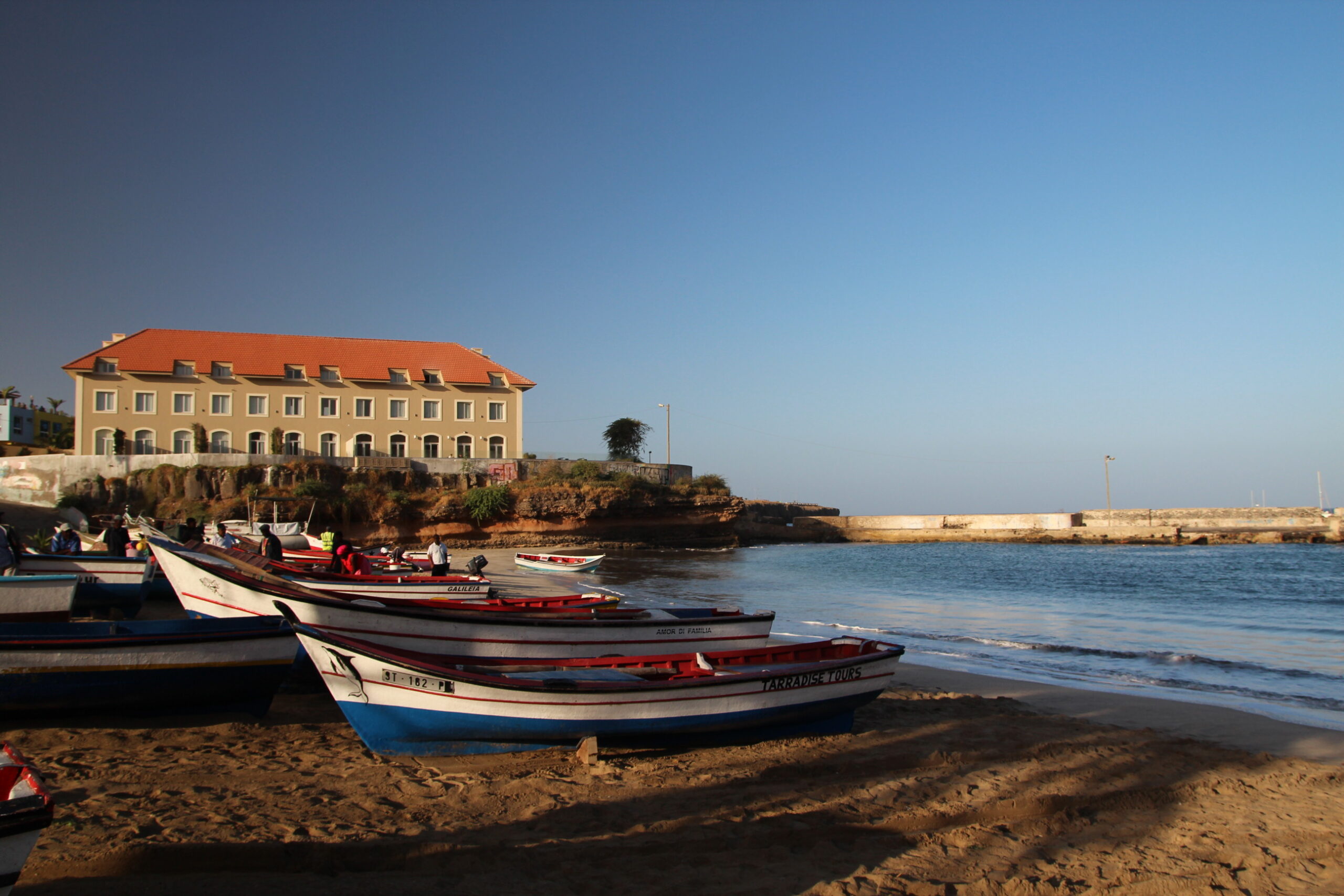
The coastline at Tarrafal
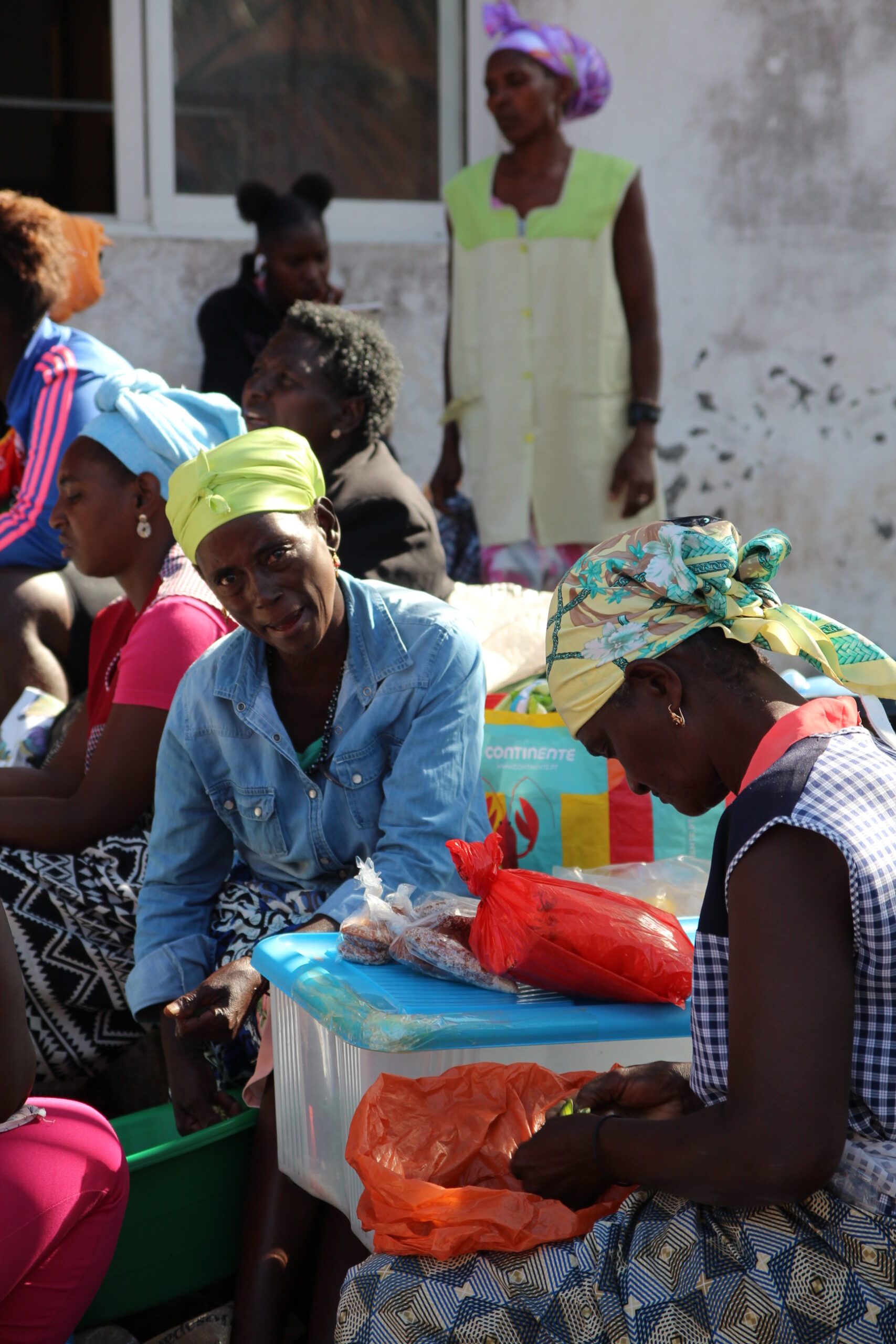
At the market of Assomada
Boa Vista
Boa Vista is one of the more touristy “beach islands” of Cabo Verde (the other being Sal). And without a doubt, the beaches are truly amazing! The island is dotted with expensive resorts, and as usually happens with resorts, most of the guests don’t step for long out, so in the end the island doesn’t feel crowded and as an independent tourist, you will still have most of the cool places just for yourself… Apart from the beaches, it is also worth spending some time in Sal Rei, the main town of Boa Vista, which has a lively, small city center and port.
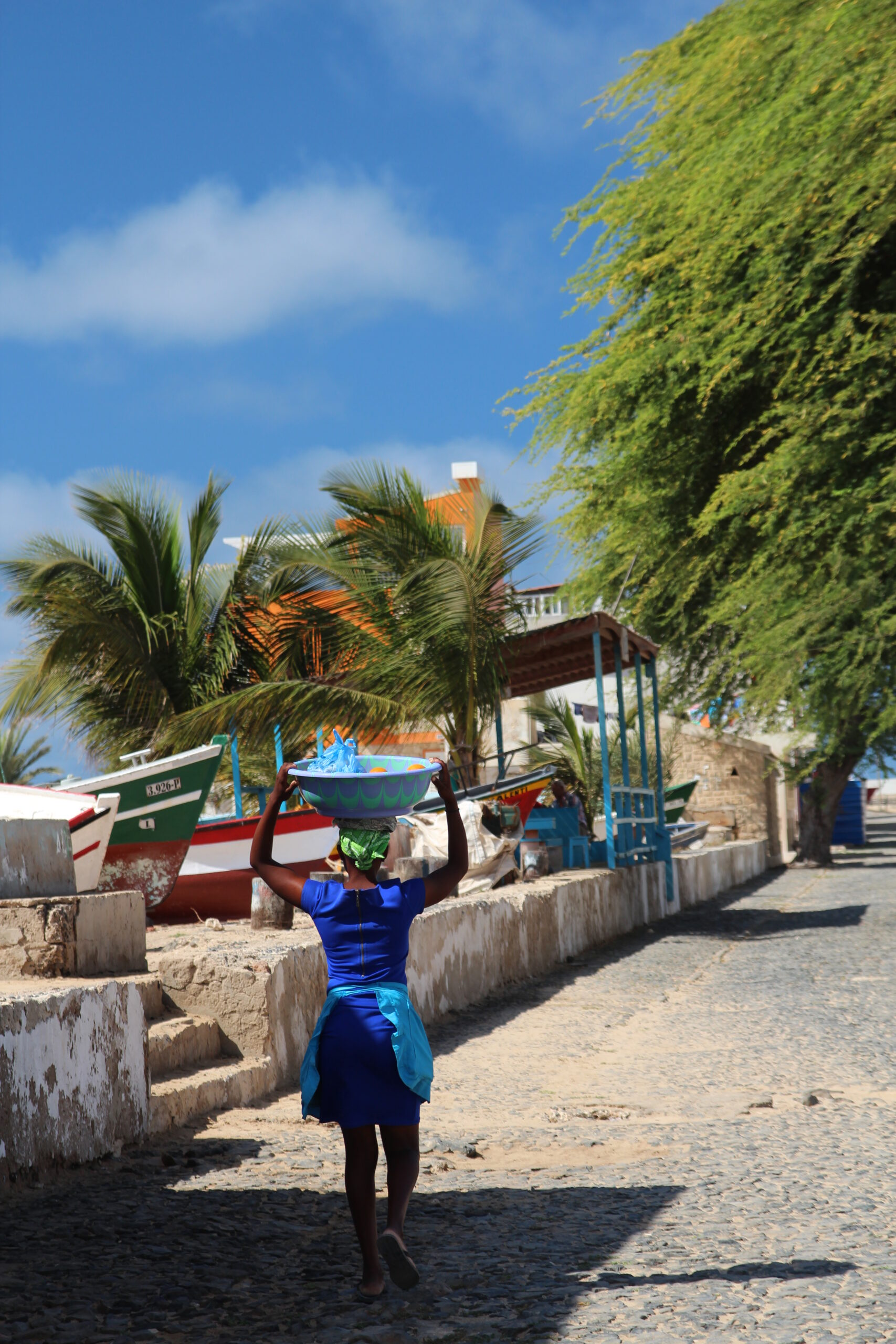
On the streets of Sal Rei
It is pretty impossible to find cheap accommodation on the island, but thanks to the warm, dry climate it is an ideal place to just pitch your tent on the beach. It is generally safe on Boa Vista, but I wouldn’t recommend tenting in the middle of nowhere, it is safer to choose a place close to houses, resorts, or public buildings. My favorite spot for tenting was the beach at Curral Velho beside a 5-star resort (Hotel Riu Touareg): perfect white sand and completely safe.

Gallery
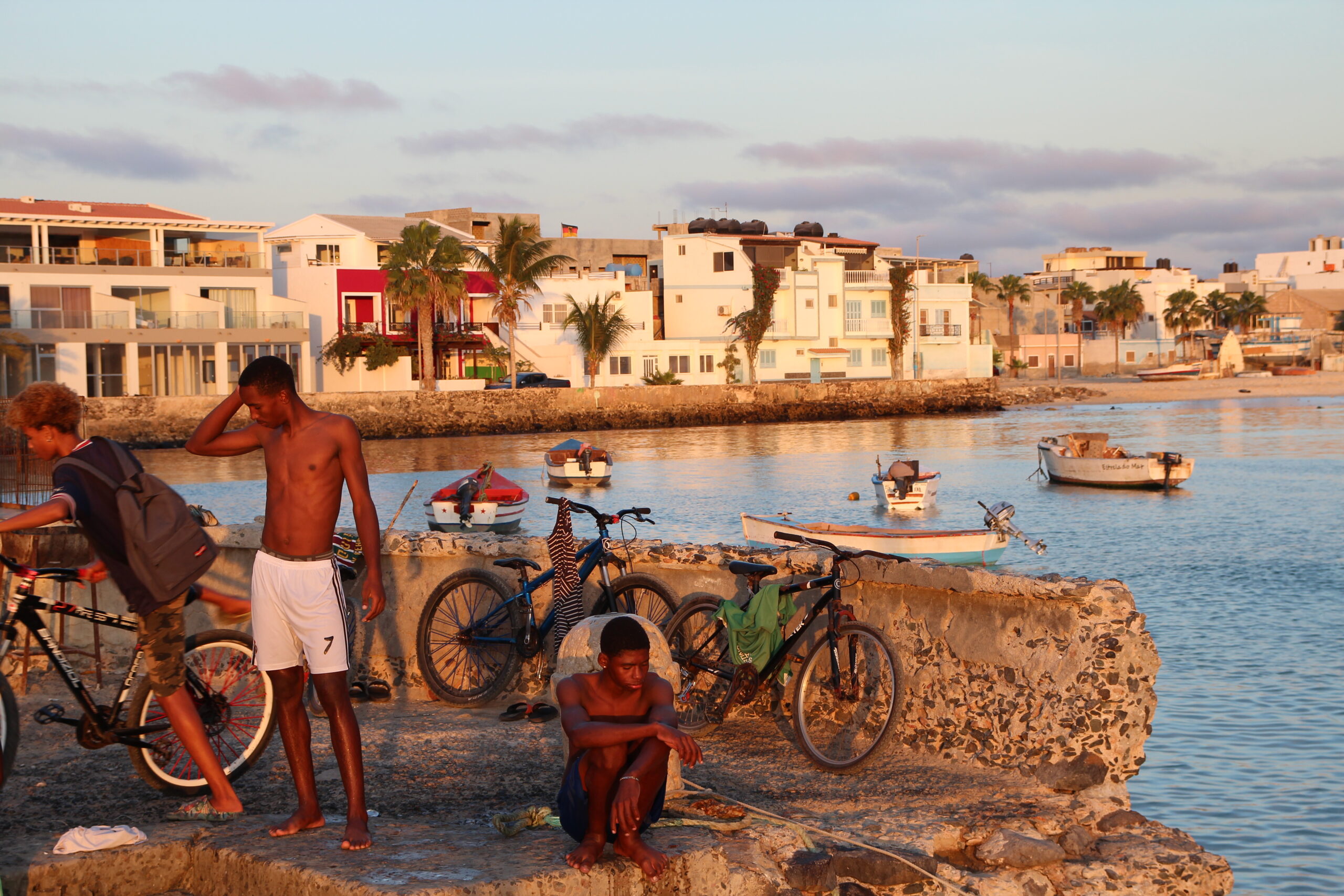
At the port of Sal Rei, Boa Vista
Wildflowers on the sand dunes close to Praia de Chavez, Sal
Fish market in Mindelo, São Vicente
Our amazing camping place close to Curral Velho
On the streets of Mindelo
A young boy with his catch in Sal Rei
Early morning in Tarrafal, Santiago
Xoxo Village
A mural with the portrait of Cesária Évora, a legendary singer from Cabo Verde
The city-beach of Sal Rei
A village feast on Santo Antão island
Life at the port of Mindelo
Grogue, the national drink of Cabo Verde
